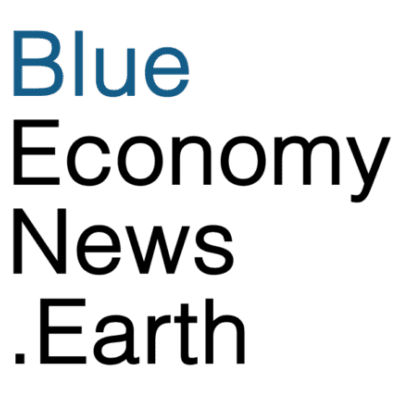Coca-Cola, listed as one of the globe’s top corporate polluters by advocacy group Break Free From Plastic, has published what it calls an “evolution” on its stance around plastic following the breakdown of negotiations for an international plastic treaty.
In 2022, Coca-Cola was lauded for promising to aim for 25% of its packaging globally to be reusable by 2030. The company now says it aims to use “35% to 40% recycled material in primary packaging (plastic, glass and aluminum), including increasing recycled plastic use to 30% to 35% globally” by 2035. The company said it “intends to continue to invest in refillable packaging where infrastructure already exists.” In 2022, the company reported that, in 2020, 16% of the company’s packaging was reusable and 90% of its refillable glass and plastic containers were collected that year.
The beverage company also said that its aspiration to use recycled plastic in primary packaging depends on “Costs, quality and scaling innovation.”
Break Free From Plastic collects plastic waste on beaches around the world and conducts audits from what they collect. In 2023, nearly 9,000 volunteers in 41 countries conducted 250 brand audits. Together they collected and audited 537,719 pieces of plastic waste. Participants from 97 civil society organizations documented 6,858 brands from 3,810 parent companies.
In 2023, the group reported collecting nearly 34,000 individual items on the beaches from Coca Cola, the largest number of any brand. The Ellen MacArthur Foundation reported that in 2022 Coca-Cola produced the largest amount of single-use plastics–3,430,000 metric tons of plastic packaging.
Microplastics constitute a substantial threat to the environment and economic viability of the Blue Economy. One estimate puts the plastic particles floating on the ocean surface at up to 358 trillion, weighing up to 5 tons, with untold more particles on the seabed.

